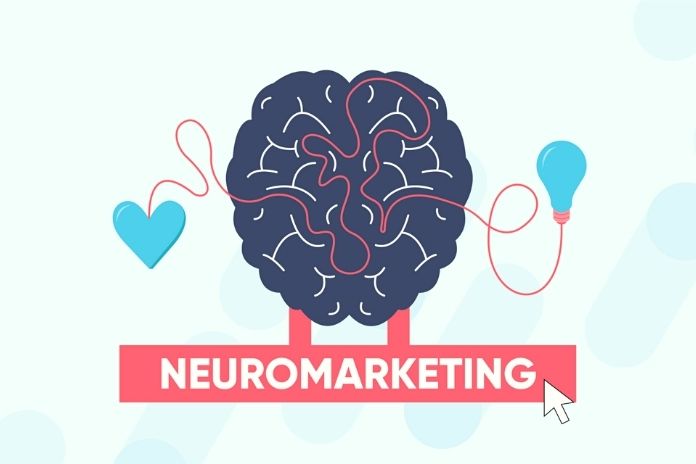How to improve the usability of sites with neuromarketing techniques? Several reasons could lead the participants in a usability test not to say exactly what they feel while browsing a site, for the desire to “please” the designer, or perhaps for the difficulty of expressing their emotions accurately. Thanks to biometric measurements, it is possible to have a more accurate idea of the online user experience on a site or app.
How To Improve The Online User Experience: The Contribution Of Neuromarketing
” With biometric measurements, we can measure the emotions (of the users), their positive or negative value, the level of arousal, the heartbeat and have a concrete idea of what they feel, rather than based only on what they tell us “on the navigation experience, explained the expert in an interview with our microphones. These techniques are useful for analyzing a series of factors relating to the user’s degree of attention and involvement and possibly the level of stress or frustration in carrying out a certain task within a site.
The experts explained that the research goal was to optimize the design of a landing page for the sale of the promotional offer of a flight ( priced at $ 59). Eye-tracking and biometric analysis tools were thus used to analyze the physiological responses of users in real-time to:
- understand what users felt when they tried to perform a certain task (for example, find a specific offer);
- identify levels of frustration, identify moments of confusion or stress ;
- understand where the users’ gaze stopped while trying to carry out a specific task.
The data obtained were then compared with the answers provided by the participants during the in-depth interviews on the usability of the website to obtain a complete picture of the real perception of the online user experience. As the experts pointed out, in the first test conducted (represented by the first image), it was found that about 32 seconds after entering the landing page, there was a slight increase in positive but also negative emotions. By crossing the data, he concluded that the user liked the images on the landing page but was feeling confused as he could not find the promotional offer of $ 59.
In a second test conducted on another layout (represented by the second image), it was possible to notice how the participants managed to complete the task without difficulty (i.e., they managed to find the offer), revealing a neutral emotional response in this case, with a stable attention level, which indicated that they were able to navigate the site without any sense of confusion or frustration. The same did not happen with the third proposed layout. In this case, greater difficulty in finding the offer was recorded, with a simultaneous increase in the level of arousal (or physiological activation of the organism).
With this design, one of the participants, who had serious difficulties in finding the offer, after about 42 seconds still had a sense of frustration caused by the fact that, while continuing to browse the page, she had to scroll through all the offers to be able to find the one desired. From the results obtained, it was possible to identify the most appropriate design for the landing page’s objective in question. We must optimize the design of all our web channels to make them suitable for the way human beings truly “consume” information.”
How To Do A Usability Test With Neuromarketing
” A usability analysis with tools such as eye tracker and E.E.G. allows us to understand what the decision-making behavior of the target user of the site is. In this way, it is possible to modify the information architecture of the site and the graphic layout to guarantee an easier, intuitive, but above all, almost ” instinctive ” conversion path.
Suppose tools such as Google Analytics allow you to analyze how users interact with a website consciously (by carrying out actions such as clicking on a call to action or visiting another page within the site). In that case, tools such as eye-tracking and the E.E.G. can provide additional information, for example, on the emotional involvement of users. Thanks to monitoring eye movements, however, it is possible to identify the sections that capture the most interest, the elements that are ignored within the site, and any difficulties finding products or understanding certain information.
Also Read: Tips For Facebook Cover Photos And Videos

